SuperEx Report丨Crypto Market Report for the First Three Quarters of 2024
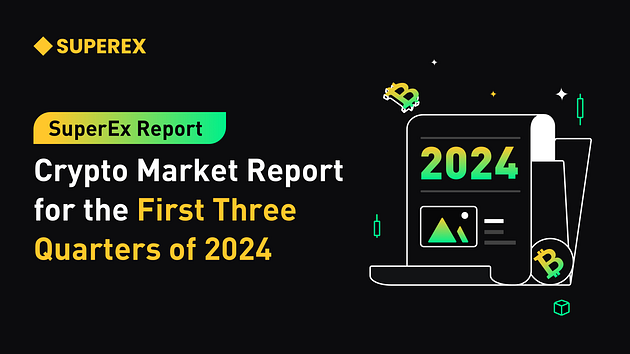
#SuperEx #Crypto #CryptoMarket
Entering Q4 2024, the crypto market has experienced fluctuating dynamics over the first three quarters. From a strong rally at the beginning of the year to corrections and uncertainties in the mid-year, the global crypto market has exhibited various developments in the past nine months. This article provides an in-depth analysis of the market performance in the first three quarters of 2024, covering Bitcoin, Ethereum, stablecoins, Layer 2 solutions, DeFi, and the global regulatory environment, while also looking ahead to future market trends.
- Click to register SuperEx
- Click to download the SuperEx APP
- Click to enter SuperEx CMC
- Click to enter SuperEx DAO Academy — Space

Market Overview: General Market Performance
As of September 30, 2024, the total market capitalization of the crypto market stood at approximately $1.3 trillion, marking a year-on-year growth of about 10%. Despite the heightened volatility in Q3, the overall market cap still exhibited growth over the first three quarters. Bitcoin continued to maintain its dominant position with a market share of around 45%, while Ethereum’s market share accounted for 18%. Notably, other Layer 1 blockchains like Solana and Sui achieved significant progress in 2024, gradually increasing their market presence.
Bitcoin (BTC): In the first three quarters of 2024, Bitcoin’s price surged from around $43,000 at the beginning of the year to a mid-year peak of $71,000. However, a correction occurred in Q3, with BTC prices hovering near $65,000 by the end of September. Despite global economic uncertainties, Bitcoin’s status as “digital gold” remained firm, and mainstream institutional interest in the asset continued to rise.
Ethereum (ETH): Ethereum’s performance in 2024 was equally noteworthy. Starting at around $1,700 in January, ETH reached a high of $3,700 by mid-May. The rapid development of Layer 2 solutions and ongoing optimizations in Ethereum 2.0 were the primary drivers of its price increase. By the end of September, Ethereum stabilized at around $2,600.
Growth of Layer 2 Solutions
The rapid development of Layer 2 solutions became a key focus in the crypto industry in 2024. As Ethereum’s scaling efforts progressed, Layer 2 technologies like Arbitrum and Optimism saw increasingly widespread adoption. Arbitrum’s total value locked (TVL) reached $16 billion by Q3 2024, representing more than a 50% increase from the beginning of the year.
Layer 2 solutions have reduced transaction fees, increased processing speeds, and fostered the growth of DeFi, NFTs, and gaming applications. In particular, Optimism launched the OP Stack in 2024, providing developers with more powerful tools to support the development of decentralized applications. These innovations not only address Ethereum’s congestion issues but also pave the way for the expansion of the entire Web3 ecosystem.
DeFi and NFT Market Performance
Despite a cool-down after the 2023 boom, the DeFi and NFT sectors remained vibrant throughout 2024.
DeFi Market: DeFi presented more diversified use cases in 2024, especially with the rise of cross-chain solutions and decentralized derivatives. Although the total TVL in DeFi slightly declined in Q3, falling to $90 billion by the end of September, new innovative projects continued to emerge. Platforms such as dYdX and Synthetix maintained dominance in the derivatives market, while established platforms like Uniswap remained central to decentralized trading.
NFT Market: The NFT market experienced significant volatility but still sustained a high level of trading volume in 2024. The total NFT trading volume for the first nine months reached $12.5 billion. Although this represents a decline from the 2023 peak, NFTs saw increasing applications in sectors such as gaming, virtual worlds, and music. NFTs are no longer synonymous with just digital artwork but have become integral to the blockchain gaming and virtual asset economies.
Expansion and Challenges in the Stablecoin Market
Stablecoins continued to grow in the first three quarters of 2024, particularly attracting institutional investors. USDT and USDC remained the dominant stablecoins, with market caps of $830 billion and $520 billion, respectively. However, decentralized and algorithmic stablecoins began to gain more attention with ongoing innovations in the market.
USDT: As the most liquid stablecoin, Tether further consolidated its market position in 2024. However, regulatory pressures remained, particularly around concerns over its reserve transparency.
Decentralized Stablecoins: MakerDAO’s DAI continued to lead the decentralized stablecoin market. In 2024, MakerDAO further strengthened DAI’s stability through its multi-asset collateral mechanism, solidifying DAI’s role as a core tool in the DeFi space.
Impact of Global Regulatory Environment on the Market
In 2024, major global economies intensified their regulatory oversight of the crypto market. The U.S. Securities and Exchange Commission (SEC) conducted several investigations into crypto trading platforms and projects, especially those related to unregistered securities offerings. Meanwhile, the European Union introduced new regulations under MiCA (Markets in Crypto-Assets), imposing stricter requirements on market access, anti-money laundering, and consumer protection.
In Asia, countries like South Korea and Japan also implemented stricter regulatory measures. In Q3 2024, South Korea introduced measures to address rising default rates on crypto loans among younger generations, aiming to mitigate financial risks from speculative investments. Overall, the tightening regulatory environment has had short-term impacts on market volatility, but in the long term, the trend toward compliance is expected to promote healthy growth in the crypto industry.
Outlook for Q4 2024
As we enter the final quarter of 2024, the crypto market faces both challenges and opportunities. The upcoming Bitcoin halving event in 2025 is widely expected to bring fresh upward momentum to the market. Additionally, the continued expansion of Layer 2 solutions, the building of Web3 infrastructure, and the influx of institutional capital all serve as potential drivers of future growth.
However, global macroeconomic uncertainties, further tightening of regulatory policies, and liquidity risks remain challenges that could affect the market. For investors, strategic positioning in Q4 will be crucial. Effectively managing risk and adjusting investment portfolios in a timely manner will be essential strategies for navigating potential market volatility.



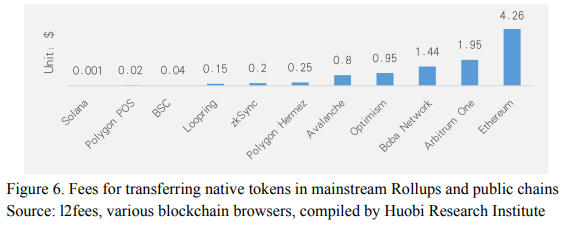
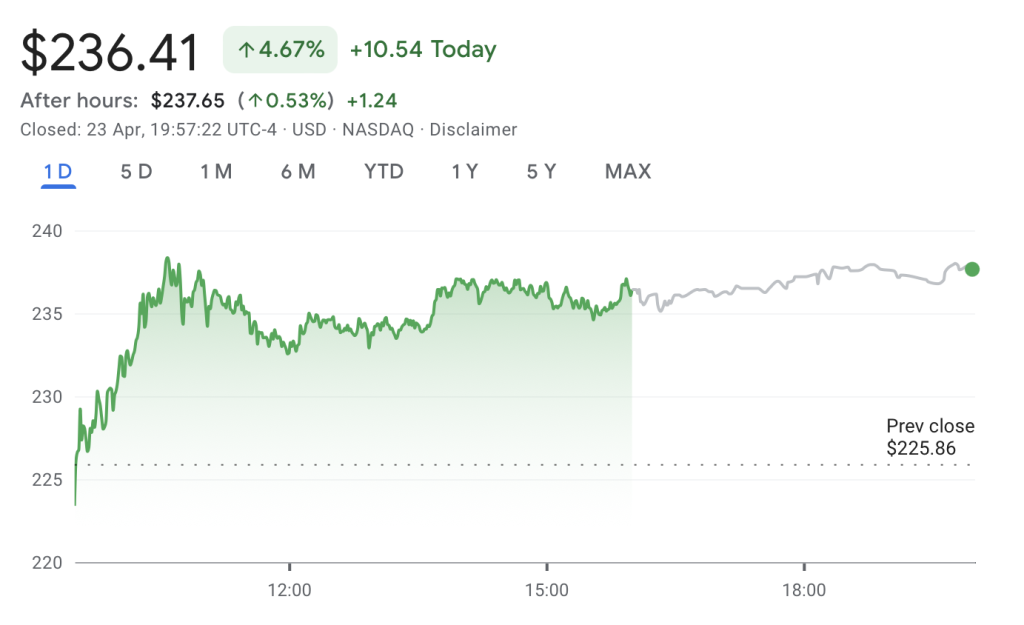
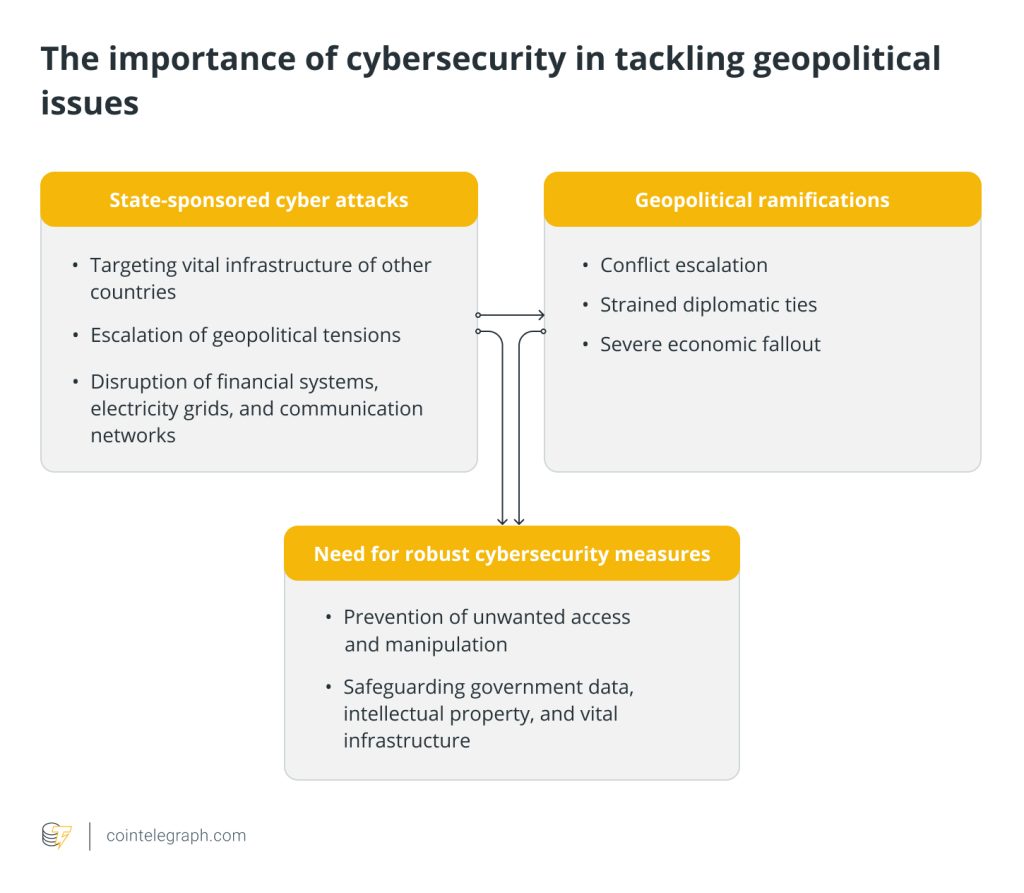
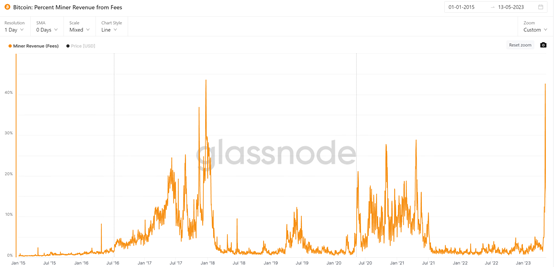
Responses